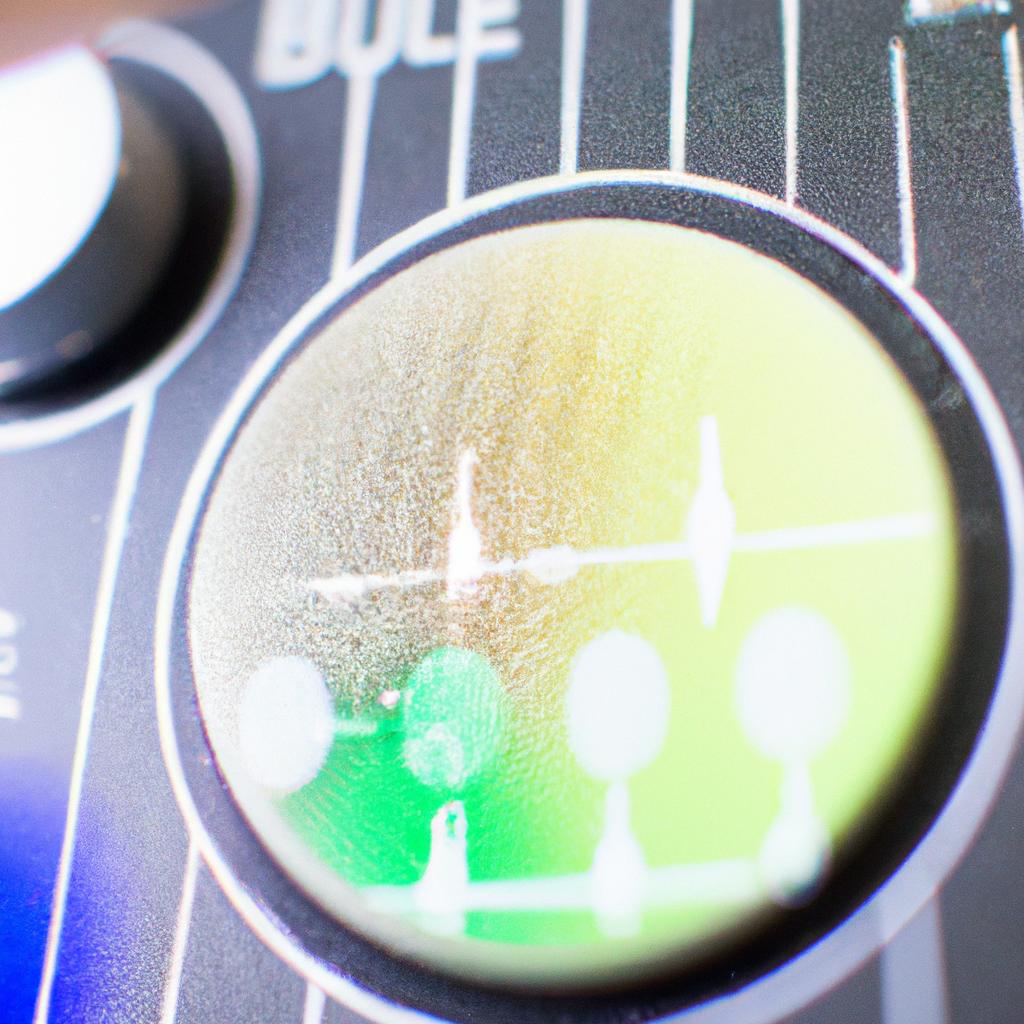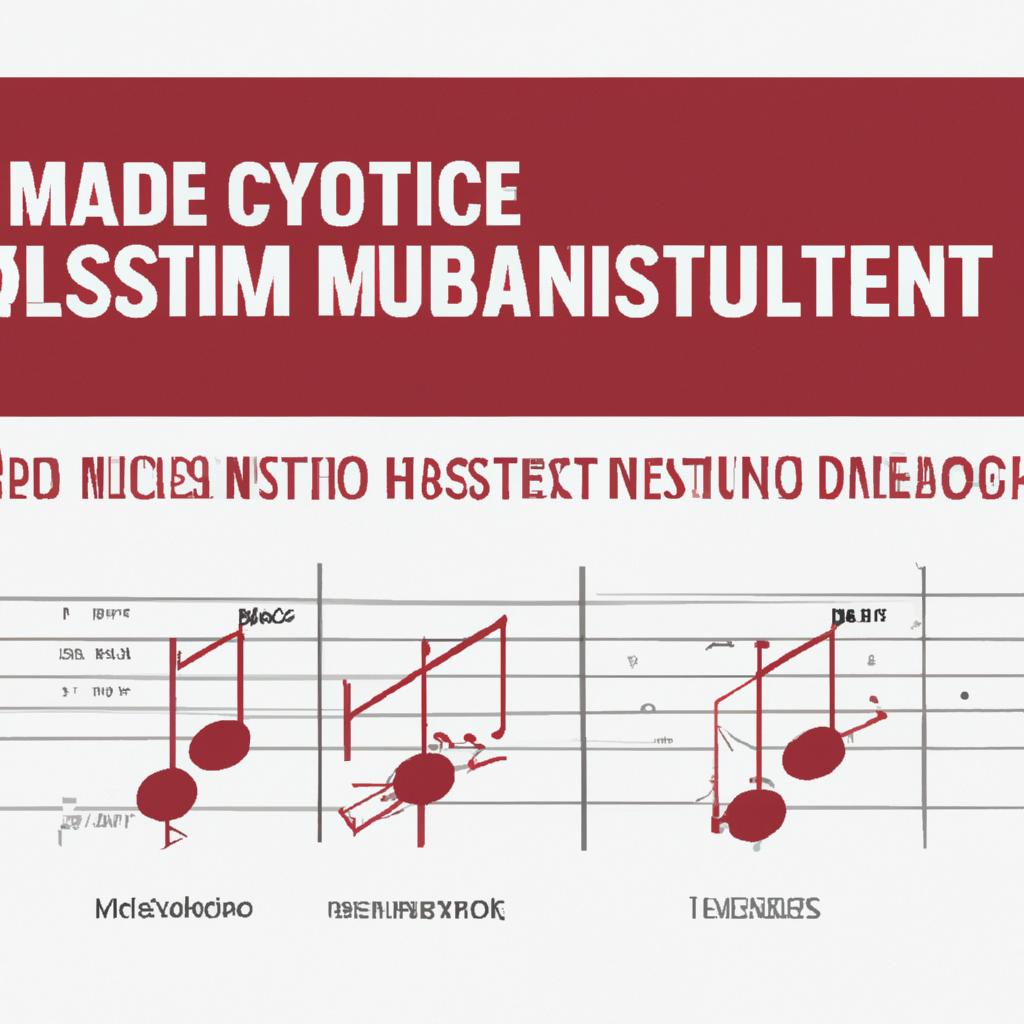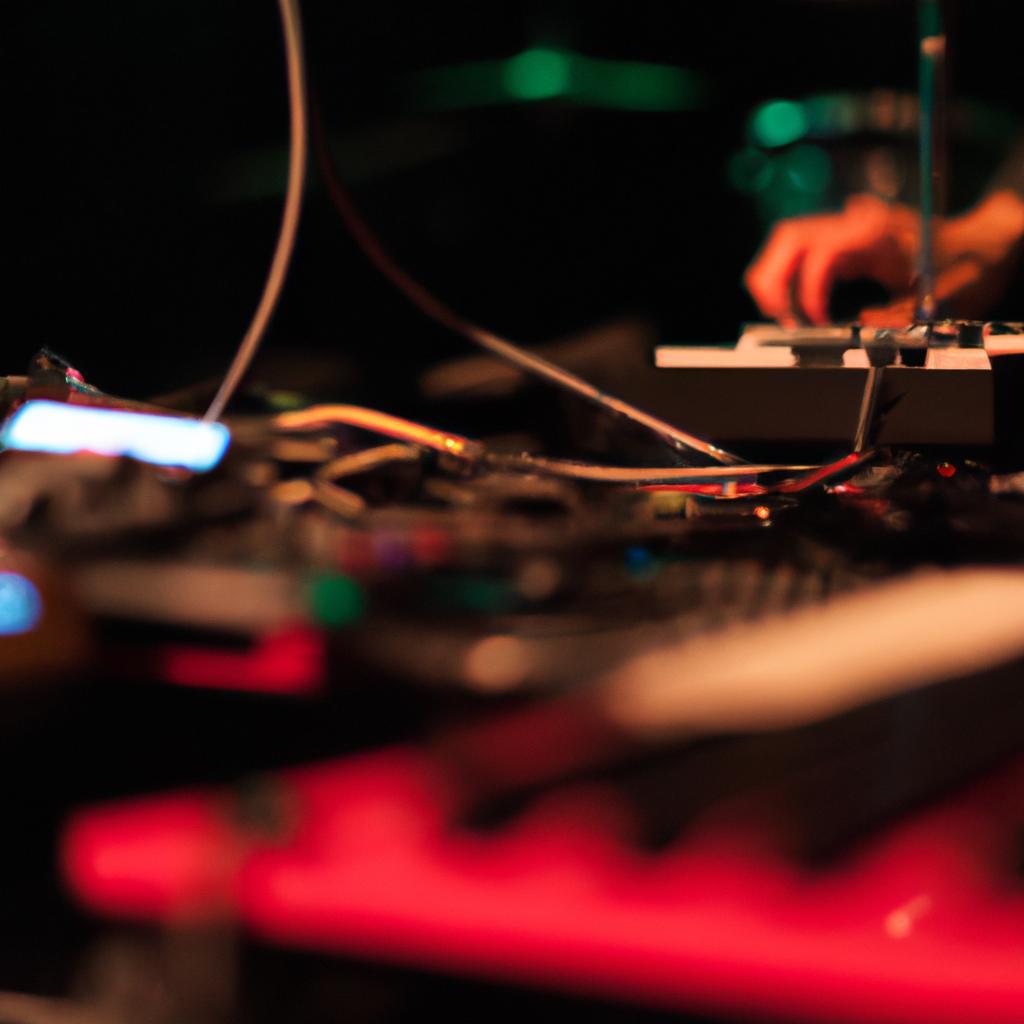Exploring the Art of Electronic Music: Crafting Shocking Rhythms and Melodies
In the pulsating heart of the modern soundscape, electronic music stands as a transformative force, redefining the boundaries of creativity and expression. From underground raves to mainstream festivals, this genre has evolved into a rich tapestry woven with digital threads, pulsating beats, and ethereal melodies that defy categorization. Yet, beyond its infectious grooves and electrifying drops lies a profound artistry—an intricate process of sound manipulation that invites both creators and listeners into a world where the unexpected reigns supreme. In this exploration of electronic music, we delve into the techniques, inspirations, and innovations that shape its vibrant landscapes, uncovering how artists craft shocking rhythms and captivating melodies that resonate with audiences around the globe. Join us as we navigate the complexities and joys of this dynamic genre, revealing the artistry that lies within the machines and the magic that pulses through the air.

Unveiling the Secrets of Rhythm Design in Electronic Music
Rhythm design in electronic music is an intricate dance of patterns and pulses that engages the listener’s body and mind. At its core, the secret lies in the combination of **layering elements** and **manipulating timing** in unexpected ways. Key strategies that define compelling rhythms include:
- Polyrhythms: Layering contrasting rhythms to create a complex yet cohesive soundscape.
- Syncopation: Placing emphasis on off-beats or unexpected beats, crafting a groove that feels alive.
- Groove Variation: Subtly changing rhythms over time to evoke different emotional responses.
- Sound Selection: Choosing percussive elements that resonate with the intended vibe of the track.
- Dynamic Range: Balancing loud and soft elements to create tension and release.
Employing these techniques allows producers to craft rhythms that not only drive a track but also invite listeners to experience a vibrant audio journey. A well-structured rhythm chart can serve as a blueprint for identifying high-energy moments, moments of tension, and release throughout the composition. Below is an example of how rhythm dynamics can be represented:
| Section | Rhythm Type | Energy Level |
|---|---|---|
| Intro | Steady Beat | Low |
| Build-up | Polyrhythm | Medium |
| Drop | Syncopated Groove | High |
| Breakdown | Minimalist Pulse | Low |
| Outro | Fade Out | Very Low |

Mastering Melody Creation: Techniques for Impactful Compositions
Creating a memorable melody can be the cornerstone of any electronic composition. To achieve this, consider employing a combination of **techniques** that evoke emotion and capture attention:
- Use of Scale and Mode: Experiment with different scales beyond the major and minor, such as the pentatonic or whole tone, to create unique color and mood.
- Melodic Contour: Focus on the shape of the melody, navigating through varying pitch heights which creates a dynamic listening experience.
- Rhythmic Variation: Incorporate syncopation and off-beat accents to keep the listener engaged and add unexpected twists.
- Repetition and Development: Utilize motifs that repeat with variations; this not only aids memorability but also builds a sense of progression during the track.
As you refine your skills, consider structuring your melodies using a simple template:
| Element | Description |
|---|---|
| Intro | Introduce the main theme softly, setting the tone. |
| Development | Elaborate on the theme with twists and varying dynamics. |
| Climax | Deliver the most impactful part of the melody, capturing emotion. |
| Resolution | Bring the melody to a satisfying close, echoing earlier themes. |
Applying these principles thoughtfully will deepen your mastery of melody creation, making your electronic compositions resonate strongly in the ears and hearts of listeners.
In Summary
As we conclude our journey into the captivating world of electronic music, it becomes clear that this genre is more than just a collection of sounds and beats; it is a vibrant tapestry woven from innovation, emotion, and expression. Whether you’re a seasoned producer or an eager listener, the fundamental principles of crafting shocking rhythms and melodies remain a powerful tool in your musical arsenal. This exploration reflects not only the technical prowess required to create compelling soundscapes but also the profound connection that electronic music fosters among its creators and audiences.
As the boundaries between genres blur and new technologies emerge, the possibilities within electronic music continue to expand, inviting us all to participate in this dynamic dialogue of sound. So, let your creativity flow, experiment fearlessly, and remember that every note you compose adds to the rich narrative of this ever-evolving art form. The world of electronic music is vast and inviting—step into it, and make your own mark.


